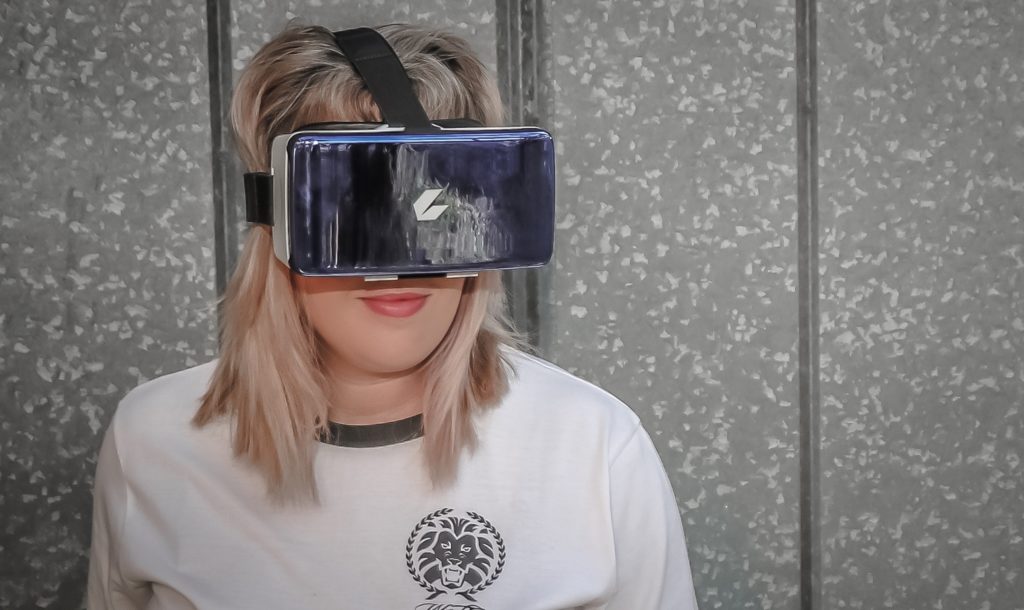Photo by Tim Savage from Pexels
Virtual reality (VR) is finally having its moment. And in 2019, the medium is going to be even more available to developers and consumers alike. Moreover, sales have been growing consistently, year over year. As devices become cheaper and easier for the average person to use, their business applications are going to diversify and become more accessible.
So how can your business integrate virtual reality? And why would you want to in the first place?
RELATED ARTICLE: INCORPORATING TECHNOLOGY: HOW IT CAN HELP YOUR BUSINESS TO SOAR
The Benefits of Integrating VR
Let’s start by looking at the potential benefits of utilizing virtual reality:
-
New Channels to Reach Customers
VR is a new technology, a new content medium, and a new communication channel all in one. This means you can reach new customers in ways you previously couldn’t have imagined. Depending on how you use it, that could mean new lucrative advertising opportunities, or a chance to reach a whole new demographic.
-
New Communication Possibilities
VR also has the power to bridge vast distances, making people feel like they’re a real part of an event happening hundreds of miles away. You can use this to optimize both your internal and external communications.
-
Brand Reputation Benefits
Being an early adopter of VR technology can also make your brand seem more forward-thinking. It can distinguish you from your rivals. This is especially important for brands in competitive or fast-advancing industries.
How to Use VR for Your Business
Now let’s turn our attention to some practical examples of ways you could use VR in your business:
1. Show off Designs and Ideas
You could start by using VR as an innovative way to show off your core products or services. For example, Lumion enables architects and designers to show off their 3D renderings in a fully immersive VR environment. This gives prospective customers a 360-degree, first-person experience when evaluating the design. This is perhaps best applied to companies with large or immersive products, such as buildings, cars, or amusement parks.
2. Visualize Space and Brainstorm Possibilities
You could also hand off the VR headset to your customers. This can help them understand how your products work best. For example, IKEA offers a VR experience that allows its customers to visualize how a new piece of furniture might fit into an intended room, or how it might look against the backdrop of different styles. Whether you apply this with an in-store kiosk or a separate downloadable app, your customers will feel more connected. What’s more, they will have a better sense of the products you offer.
3. Host Immersive Events
You could also use VR as a way to host more immersive events, or allow remote attendance of those events. For example, if you’re giving a speech or hosting a conference, you could use a 360-degree camera to film the event. In this way, your customers and followers at home can feel like they’re a part of it.
4. Allow Employees to Virtually Attend
In a similar application, you could use VR headsets with your internal team to host collaborative, immersive meetings—no matter where they currently are. If your team works remotely, this could be especially valuable.
5. Create 360-Degree Content
If you’re already invested in content marketing, you could use VR as an engaging new medium to experiment with. For example, National Geographic has been producing some amazing 360-degree videos. These videos allow a viewer to experience their content in fundamentally new ways. There are practically limitless possibilities here. So get yourself a 360-degree camera and start filming.
6. Capitalize on Other VR Trends
If you aren’t equipped with the budget or desire to develop your own VR software or experiences, you could always take advantage of other VR trends by advertising with them. For example, if you catch wind of a new VR app garnering popularity among your target demographics, you could reach out to the developers to get an ad for your brand placed within it.
Use Your Imagination and Put Virtual Reality to Work in Your Business
Virtual reality is opening up a world of possibility. Therefore, these six examples present only a limited view of what’s possible. The most successful business opportunities through virtual reality are the ones that will sprout from innovation and creativity. So open your mind to the limitless possibilities, and don’t be afraid to experiment.

